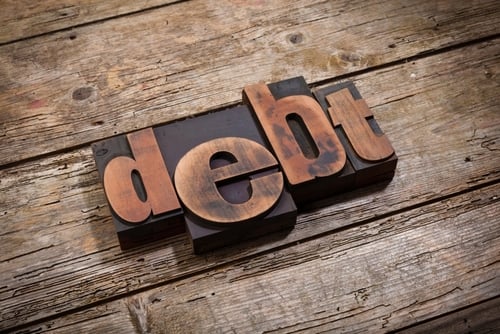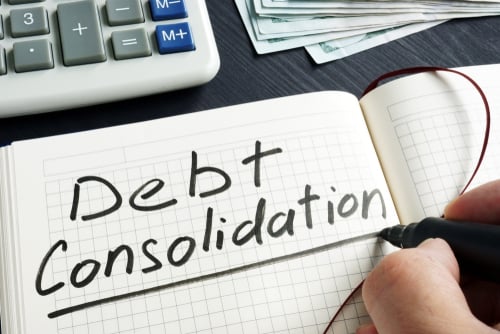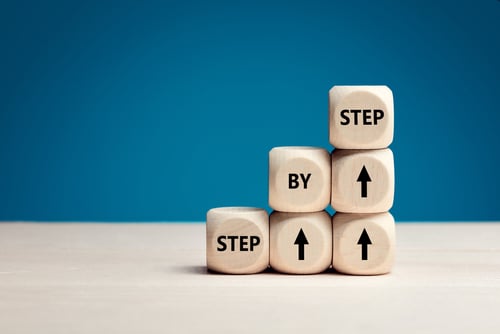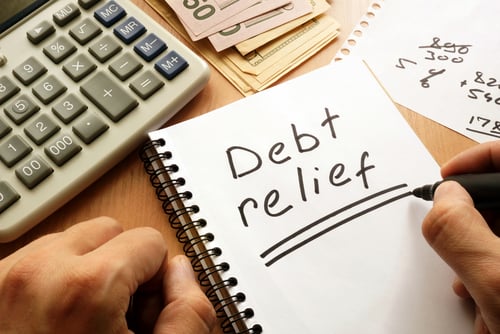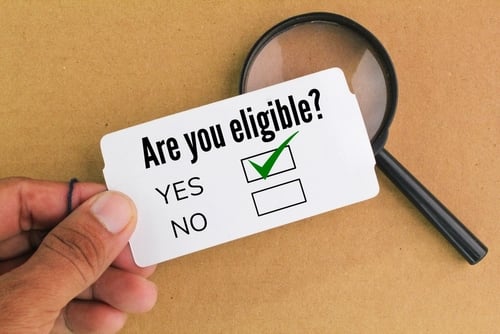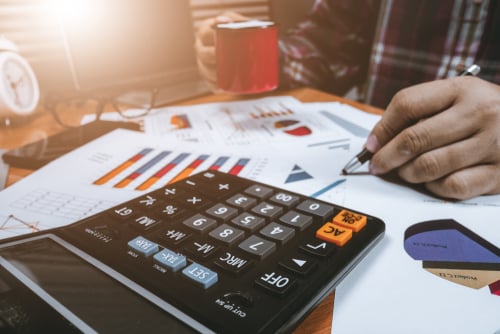What is the Catch When Making Credit Card Minimum Payments?
Ahhh, the bills. If you’re an independent adult, you’re probably saddled with a bevy of monthly expenses that include rent, utility bills, food, transportation – maybe a car payment and insurance, a cell phone bill, internet service, cable, a gym membership…the list goes on.
Throw onto the pile a credit card statement or two and just making ends meet for the month can prove challenging. But at least with credit card payments, you have some flexibility, right?
As you probably know, you can always just pay the minimum each month if that’s all you can afford…right? It’s no big deal…right? The truth is, maybe paying the minimum isn’t as much of a big deal in the short-term, but long-term – kicking the can down the road on your credit card debt can have serious negative financial consequences. Let’s take a closer look.

Consistent Monthly Payments
Rule number one when it comes to building a healthy credit score and profile is to make consistent timely monthly payments on your unsecured credit card debt.
Establishing that track record can go a long way toward laying the foundation to a healthy credit score and the ability to borrow greater amounts eventually in the form of a home mortgage or auto loan.
So, if you’re already making consistent timely monthly payments, congratulations! But, it’s important to examine exactly how much you’re paying each month.
Are you able to consistently pay more than the minimum monthly payment required – or are you paying only the minimum while turning a blind eye to the negative consequences of doing so? It’s important to understand that consistently paying only the monthly minimum can have long-term consequences to your financial well-being. But why?
ABC
The Consequences of Paying Only The Minimum
There are three primary consequences to only paying the monthly minimum on your credit card bills. First of all, it only makes sense that it will take a greater amount of time to get out of debt when you pay only the minimum.
That’s obvious enough. But when we start to consider interest rates and interest expense, the extra amount of time involved can expand markedly. Credit card APRs (annual percentage rates) are often in the double-digits – and frequently run 20% or higher. Minimum payments, meantime, are often calculated at as low as 1-3% of the total balance outstanding on the card.
Therefore, it follows that the individual who makes only consistent monthly minimum payments – though building a track record of repayment while avoiding late fees – is making things more time consuming and expensive than they otherwise would be if a larger monthly payment is submitted consistently.
Doing Time
Just how time consuming does paying only the minimum each month become? Using the 2018 national average household credit card debt level of $6,081 and an APR of 14.99% and paying a “high” minimum of 3% of the outstanding balance (or $20, whichever is greater) implies a duration of 169 months before the card is paid off in full.
That’s over fourteen years if you’re keeping score at home. However, paying twice the minimum shortens the duration to 65 months, while paying the minimum plus $100 shortens things further to a duration of 41 months. It’s clear that paying more speeds up the process, as it should, but it also saves a significant amount of money in avoidable interest expense as well.

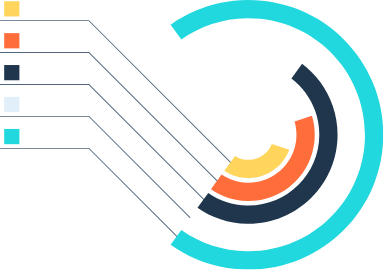
Paying double the minimum reduces that cumulative interest expense significantly, down to approximately $1,500, while adding $100 to the minimum reduces it further still to just north of $1,400.
Time is Money
We’ve all heard the expression, “time is money,” and when it comes to credit card debt, it takes on additional meaning. The longer an individual sits under a pile of unpaid credit card debt, the more expensive that debt becomes over time.
Revolving debt can become frustratingly expensive, with a minimum monthly payment on a high-balance, high-interest rate card barely covering much more than the interest expense for the previous month.
Looking at the numbers from the example above, paying just the minimum on the $6,081 balance would have incurred interest expense charges north of $4,000 over the fourteen plus years of the life of the debt. (This figure is obviously an additional expense on top of the $6,081 principal liability.)
Always Try to Pay More Than the Minimum
It’s really pretty simple and straightforward. The higher the monthly payment submitted, the shorter the duration of the outstanding credit card debt, the lower the amount of interest expense incurred over the life of the credit card debt.
From a credit score and profile standpoint, yes – making consistent monthly payments is always important – but from a time and money standpoint, it is always important to try to pay more than the minimum each month.
Finally, it’s also important to remember that the credit utilization ratio – the percentage of an individual’s total available credit that is currently borrowed – is a significant contributing factor (with an approximate 30% weighting) in the calculation of a FICO credit score.

The lower the credit utilization ratio, the better, and a credit utilization ratio of under 30% is preferable. However, making only minimum monthly payments on credit cards leads to a higher credit utilization ratio that weighs heavier on a FICO credit score.

About The Author: Steven Brachman
Steven Brachman is the lead content provider for UnitedSettlement.com. A graduate of the University of Michigan with a B.A. in Economics, Steven spent several years as a registered representative in the securities industry before moving on to equity research and trading. He is also an experienced test-prep professional and admissions consultant to aspiring graduate business school students. In his spare time, Steven enjoys writing, reading, travel, music and fantasy sports.
Get Debt Relief
Speak with licensed debt specialists dedicated to guiding you toward financial stability every step of the way.

Ready To Get Started?
See if you qualify for debt relief. Get a Free savings estimate to see how quickly you can be debt free.
Embrace financial freedom with our tailored solutions, expert guidance, and unwavering commitment to your success.
Experienced Professionals
Our experienced team has helped thousands of clients successfully eliminate debt and regain financial freedom.
Customized Solutions
We know every financial situation is different, so we design personalized debt relief plans to fit your specific needs and goals.
High Success Rate
Our proven debt relief strategies deliver real results. With a strong track record of success, we help clients achieve lasting financial stability.
Confidential Consultation
Your privacy is our priority. All debt relief consultations are 100% confidential and handled with the highest level of discretion.
Explore other blogs
